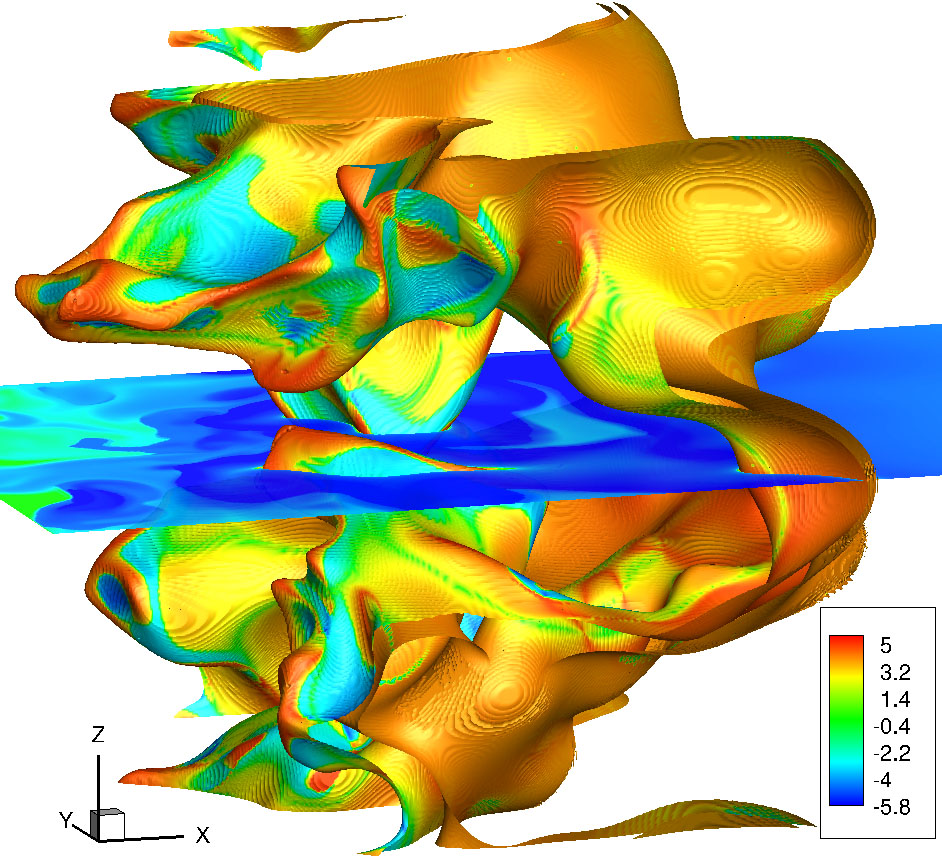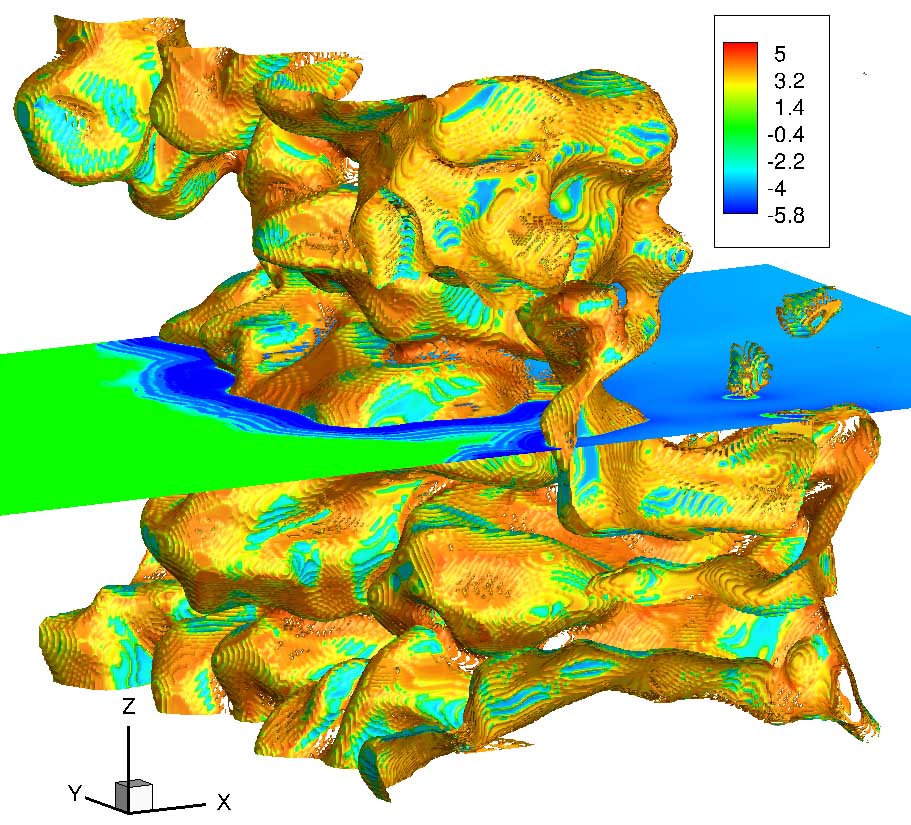


The modeling of combustion processes typically involves chemical kinetics mechanisms with their size varying from several tens to thousands of chemical species and reactions. Regardless of their size, all these mechanisms share a common feature: their dynamics are characterized by a multiscale character, rendering the respective ODEs systems stiff, thus, computationally expensive. In addition, the strong coupling of all processes, increase significantly the complexity of the system such that obtaining the essential physical understanding becomes very tedious.
One prominent technique that can efficiently tackle both issues is computational singular perturbation (CSP). CSP is a sophisticated and rigorous algorithmic method of asymptotic analysis and the algorithmic counterpart of geometric singular perturbation theory. It has been successfully employed in a wide range of applications, e.g., reacting flows, computational biology, atmospheric sciences, applied mechanics etc. The systematic use of CSP can lead to: (i) the development of significantly simplified and reduced (non-stiff) models of increased accuracy and (ii) the identification of the key processes and variables of the features of interest (e.g., ignition delay time, pollutant production etc).
Our group has both the necessary expertise and software in order to develop on-the-fly skeletal kinetics mechanisms, with the proper size and acceptable stiffness to be used in any DNS code. Our target has been not only single-mechanisms like ethanol, methane etc but also multi-component fuels like DME-methanol blends, TPRF etc., along with the addition of the proper pollutant-relate chemistry like soot formation. In addition, by introducing the proper quasi-steady state approximations, we have managed to decrease by 99% the computational cost compared to the detailed kinetics model. A considerable, also, assistance is provided to the developers of new kinetics models, aiming at the production of less stiff and physically sound kinetics models.
Besides model reduction, our group has been employing extensively algorithmic tools of CSP in order to shed light on a large variety of CFD problems, related to both fundamental physics and engineering aspects. Some of them are the following: the mechanism of pre-ignition leading to engine (super)-knock event in the context of RANS and DNS, the dominant chemical pathways and species controlling multistage (2-stage and 3-stage) ignition of large alkanes and DME, the algorithmic determination of fuel blends and the key pathways in the context of unsteady opposed flows, the characterization of the flame topology (preheat and reaction zones) of highly turbulent premixed flames in the context of DNS, the investigation of the effect of turbulence on MILD combustion etc.


Instant snapshot of the reaction zone intensity using the tangential stretch rate (TSR) index in the general framework of computational singular perturbation, for two turbulent premixed flames in different combustion regimes: Fig1 and Fig2 represent flames in the thin reaction and distributed combustion zone regimes, respectively.